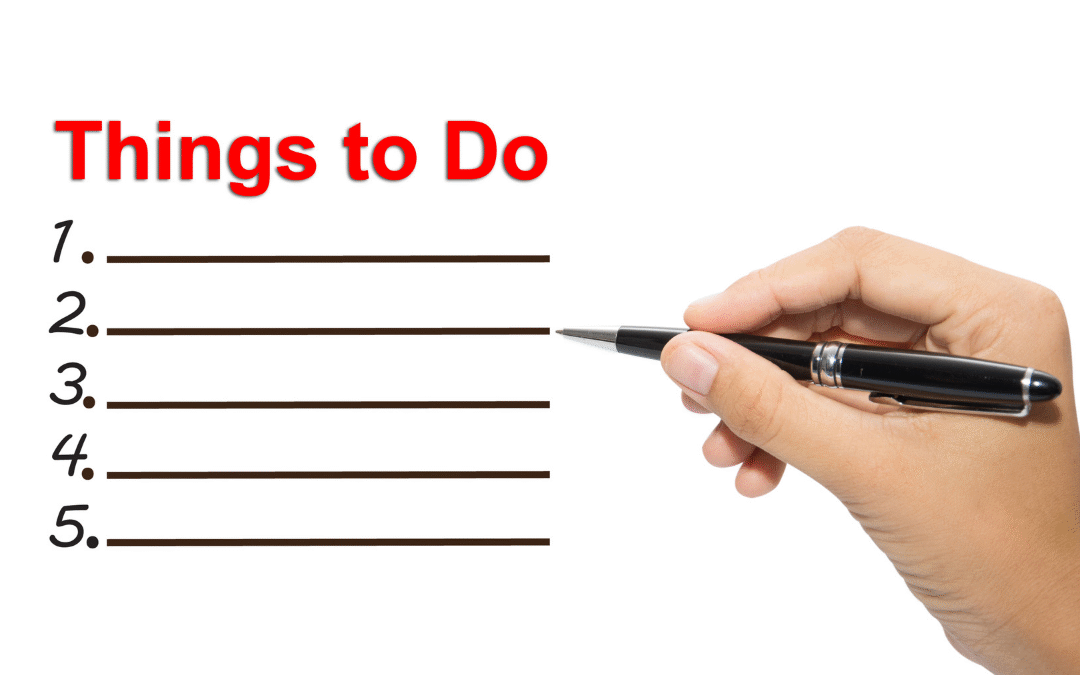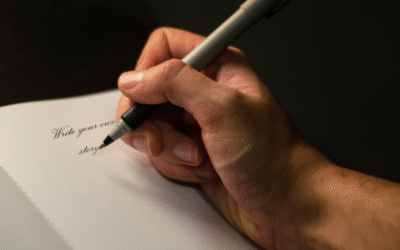Choice can be a wonderful yet overwhelming concept, especially when it comes to expressing ourselves through writing. As I explore the differences between poetry and prose, I invite you to consider your own preferences and goals as a writer. Both forms offer unique challenges and rewards, and understanding them can help you decide which one resonates more with your creative voice. Let’s probe the heart of each style and find out which path might be right for you!
Key Takeaways:
- Poetry focuses on rhythm, imagery, and emotional depth, often using condensed language to evoke feelings, while prose tends to prioritize clarity and narrative structure.
- The choice between poetry and prose can depend on the writer’s intent; poetry may be better for exploring abstract concepts or emotions, while prose is more suited for storytelling and character development.
- Experimenting with both forms can enhance a writer’s skills and help them discover their unique voice, allowing for greater versatility in expression.
The Core Differences: Poetry vs. Prose
Exploring the distinctions between poetry and prose reveals the unique flair each form brings to the table. While both can convey meaning and emotion, they do so through different approaches and styles. Understanding these differences allows you to select the best form for your creative expression.
Structure and Form: The Building Blocks
In poetry, structure is often defined by rhythm, meter, and line breaks, creating a musical quality that can evoke deep emotions. Prose, on the other hand, adheres to paragraphs and sentences, allowing for more straightforward narrative development. The constraints and liberties of each form shape the writer’s choices and impact the readers’ experiences differently.
Language and Imagery: Crafting Emotion
Words in poetry are meticulously chosen for their sound, meaning, and connotations, with imagery playing a central role in eliciting emotions. In prose, while descriptive language is important, the focus often shifts more towards storytelling and character development. The energy in poetry lies in its ability to distill profound feelings into brief, potent expressions, whereas prose explores complexity over longer narratives.
Delving deeper into the role of language and imagery, poetry’s essence often hinges on metaphor and simile, prompting readers to make connections in unexpected ways. Take, for instance, a line from Robert Frost’s “The Road Not Taken,” where the imagery of diverging paths transcends mere travel to speak about choice and consequence. Such vivid language is designed to evoke sensations and emotions with a brevity that prose cannot always achieve. In contrast, prose might describe a character’s journey over several chapters, giving you time to invest in their experiences without the same level of concentrated emotional cacophony found in a poem. Each form plays its part in the larger tapestry of writing, making the choice all the more pivotal for your creative journey.
Why Choose Poetry? The Allure of Condensed Expression
Choosing poetry often stems from its unique ability to convey complex emotions and vivid imagery within a limited space. Each word carries weight and meaning, demanding careful selection to create resonance. The challenge of saying so much in so few lines can be exhilarating, pushing you to sharpen your language and elevate your message. This form of expression allows you to captivate your audience quickly, making it an appealing choice for those who appreciate the beauty of brevity.
The Power of Rhythm and Sound
Poetry isn’t just about the words themselves; it’s also about how they sound together. The rhythm and meter create a musical quality, engaging readers through their auditory experience. I’ve found that reading a poem aloud can transform its meaning, as the rise and fall of syllables enhance the emotional impact. This connection between sound and meaning invites a depth of engagement that can be lacking in prose.
The Emotional Impact of Brevity
Brevity in poetry distills emotions into their essence, often resulting in a more poignant experience. Each line serves as a reflection of raw feelings, allowing readers to connect with universal human experiences quickly. A well-crafted stanza can evoke a powerful response that lingers long after reading. In just a few words, you can transport someone to a moment of joy, sorrow, or longing, allowing for a potency that often eludes longer formats.
The emotional impact of brevity lies in its ability to evoke strong feelings without overwhelming the reader. For instance, consider the line “I carry your heart with me (I carry it in my heart)” by E.E. Cummings. In just nine words, he encapsulates profound love and connection. Through concise yet evocative language, poetry taps into deep reservoirs of feeling, sparking connections that resonate on personal and universal levels. This succinctness invites readers to reflect on their emotions and experiences, creating a lingering effect that longer prose may struggle to achieve.
Embracing Prose: The Narrative Freedom
Prose offers a vast canvas for storytelling, allowing for intricate development of plots, themes, and characters. With its structure less constrained than poetry, prose lets you weave complex narratives that can capture the reader’s attention over hundreds of pages. This freedom encourages exploration of both mundane and fantastical worlds, making it an appealing choice for writers who seek to explore deeply into the realms of imagination and reality alike.
Unfolding Stories: The Arc of Prose
The narrative arc in prose typically consists of a clear structure: beginning, middle, and end. This framework helps convey your story in a way that feels satisfying to readers. Engaging hooks, rising tensions, and ultimate resolutions create a rhythm that propels the reader forward. For instance, classic novels often use this structure to keep audiences invested while crafting rich backstories that enrich character motivations and propel themes.
Deep Character Development in Prose
Prose grants the luxury of exploring character depth far beyond snippets or fleeting moments. You have the opportunity to develop intricate personalities and backstories, making your characters feel like real people. The pacing allows you to paint their motivations, fears, and desires in broad strokes or fine details, providing the reader with a profound connection and investment in their journeys. Think of iconic characters like Elizabeth Bennet from “Pride and Prejudice” or Jay Gatsby from “The Great Gatsby,” whose complexities are gradually revealed, drawing readers into their lives and experiences over time.
Balancing Creativity and Practicality: When to Choose Each Form
Choosing between poetry and prose often comes down to the balance between your creative impulses and practical considerations. Poetry, with its potential for condensed emotion and imagery, can be the perfect outlet when I’m looking to evoke feelings quickly. Conversely, when I need to dive deep into a narrative or explore complex ideas, prose allows me the space to elaborate and build connections. Each form offers its unique benefits, so considering the purpose behind your writing can make the decision clearer.
Context and Audience Considerations
Context plays a significant role in determining which form to use. If I’m writing for a specific audience, their preferences can guide my choice. For example, literary magazines often favor poetry for its artistic flair, while non-fiction publications typically embrace prose for its clarity. Understanding where my work will be shared can directly influence the effectiveness of my message.
Skill Level and Personal Preference
My own skill level and personal preferences also weigh heavily in this decision. If I have more experience with one form, I might lean towards it to express my thoughts. In contrast, I might choose the other form to challenge myself or explore a different aspect of my creativity.
Exploring my skill level often reveals an affinity for one form over the other. For instance, if I find joy in the rhythm and brevity of poetry, it might become my go-to during moments of inspiration. Alternatively, if crafting detailed narratives excites me, prose will be where I feel most comfortable. Ultimately, bear in mind that both forms are valuable tools in my writing toolbox, and honing skills in each can offer fresh perspectives and endless possibilities for expression. By embracing both poetry and prose, I can enrich my writing journey and tap into various creative avenues that complement my growth as a writer.
Blending Elements: The Poetic Prose Phenomenon
The rise of poetic prose represents an intriguing intersection between the two literary forms, allowing writers to harness the rhythm and imagery of poetry within the narrative structure of prose. This hybrid approach invites readers to experience language in a more lyrical way while still enjoying the accessibility of storytelling. It challenges traditional boundaries, encouraging me to experiment with my creative voice as I weave emotion and depth into every sentence, making each word count. As I explore this phenomenon, it becomes clear that the blending of techniques can elevate your writing to new heights.
The Rise of Prose Poetry: Merging Techniques
Prose poetry has gained traction as writers increasingly seek to blur genre lines. This style combines poetic devices—like vivid imagery, structured rhythm, and metaphor—with the straightforward narrative flow of prose. I find this creative fusion refreshing, as it allows for expression beyond conventional limits. Whether I’m capturing fleeting moments or profound emotions, prose poetry gives me a unique outlet to convey my message without conforming to strict verse forms.
Famous Works that Defy Genre Boundaries
Several authors have notably blurred the lines between prose and poetry, creating works that challenge conventional classifications. Notable examples include Ann Carson’s “Nox,” which weaves poetry into a prose reflection on loss, and Italo Calvino’s “Invisible Cities,” rich with poetic imagery yet presented as a narrative. These works not only defy genre expectations but also showcase the emotional depth that emerges when poetic language is infused into prose.
“Nox” by Anne Carson, for instance, is a remarkable piece that combines prose and poetry for an evocative exploration of grief and memory. The mix of visual elements and stream-of-consciousness prose allows readers to experience an intimate journey through loss. Likewise, Italo Calvino’s “Invisible Cities” paints vivid landscapes through poetic descriptions, all while maintaining a narrative thread. Both texts reveal how skillfully blending prose and poetry can enhance storytelling and evoke deep emotional responses, encouraging me to experiment with similar techniques in my writing endeavors.
Conclusion
From above, I hope it’s clear that choosing between poetry and prose really depends on your style and what you want to express. If you enjoy crafting imagery and emotions with few words, poetry might be your calling. On the other hand, if you prefer to explore characters and stories in depth, prose could be your path. Ultimately, I encourage you to try both forms and see which one resonates with you the most. Happy writing!
FAQ
Q: What are the main differences between writing poetry and prose?
A: The key differences lie in structure, form, and language. Poetry often employs a more condensed format, utilizing meter, rhyme, and imagery to evoke emotions and convey meaning in fewer words. It tends to focus on aesthetic and emotional resonance. Prose, on the other hand, is structured into sentences and paragraphs, allowing for more straightforward storytelling. It emphasizes narrative and character development, often exploring themes in greater detail. Both forms can creatively express ideas, but the approach and style greatly differ.
Q: How can I decide whether to write poetry or prose for my project?
A: Consider the purpose and emotion you wish to convey. If you’re aiming to evoke a strong emotional response or focus on imagery and sound, poetry might be the ideal choice. Conversely, if you want to tell a comprehensive story with character arcs and detailed descriptions, prose may be more suitable. Additionally, experiment with both forms; often, your personal voice will guide you toward the medium that feels most authentic to your expression. It’s about finding the right fit for your creative vision.
Q: Are there particular genres or contexts where one form is preferred over the other?
A: Yes, certain genres often favor one form over the other. For instance, literary fiction and novels typically utilize prose to develop intricate plots and characters. Poetry, however, shines in expressiveness and is often used in contexts like spoken word, lyrics, or personal reflection. That said, many writers successfully blend both forms, using prose to narrate while incorporating poetic elements to enhance their writing’s emotional depth. Ultimately, the context will help determine which form resonates best with your audience.








